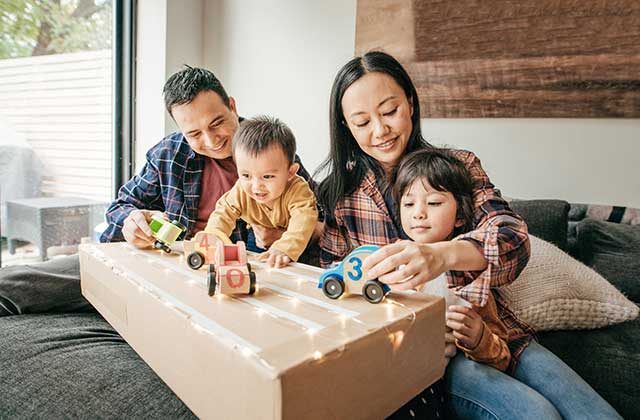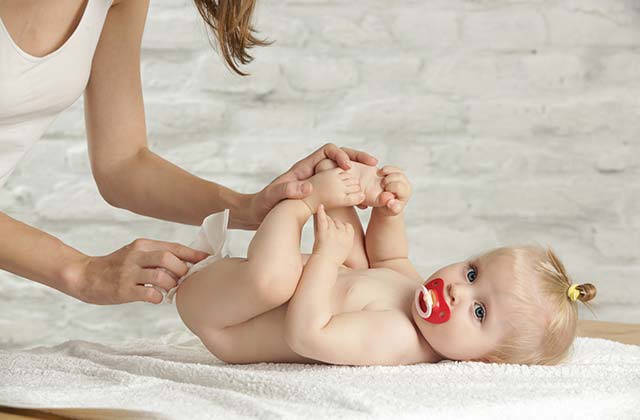Can’t wait to see your baby walk? Perhaps you are now looking for helpful activities to keep your child moving. You can see him walk on his own in due time. But always bear in mind that your help and encouragement are important in this process. And making the learning fun will greatly motivate your child to go through the walking process.
Naturally, learning to walk falls anywhere in your child’s 9th to 16th months. When your child, however, is approaching those later months, there could be a need to induce them to use those legs and the necessary motor skills to start walking.
Learning the basics of walking would help you in facilitating your child’s learning on how to sit up to walking around the house on his own. Before your baby starts walking, however, a combination of skills needs to be developed first: leg strength, balance, trunk control, the stability of the hip, confidence, and the planning ability and the eventual carrying out those actions chronologically.
During this exciting time for both of you, you can help your baby gain self-confidence in taking those initial steps by way of games and appreciating words. Below are some suggested fun activities to use that should help your baby in no time.
1. Excite them with two objects. You can try this activity to get your child to stand independently. This will lead to building up the child’s confidence and needed strength for walking.
Here, you will need two objects that will make them excited. Extend those objects at their eye level. If your child gets excited enough, he will not think twice about grabbing both objects simultaneously.
They will then examine both objects. Thus, they will be induced to let go of the surface that keeps them aground. They will realize their ability to stand on their own, and keep their balance and strength altogether.
2. Rolling the ball. Most babies love this funky exercise. This will develop his balance, core strength, and trunk and hip stability.
3. Expedition game. Transform your child into a treasure hunter in search of toys. But do not just put the toys on the ground or else it will make your child want to squat down and crawl to reach those. What you need to do is to loosely tape the toys on a wall. The toys are loosely taped so that the baby can easily remove those.
The toys should be taped at the baby’s eye level to espouse the child to reach for them in standing. You may also place those on a couch, coffee table, or chair.
The baby will look over closely at the toy with two hands after reaching it. In such a way, you are leading them to let go and try to stand.
4. Support using a scarf. This activity will provide your baby with the support in walking without them holding on to you. All you need is to roll a scarf and place it across the child’s chest and under his arms. Then, you will just be holding the ends of the scarf at their back while the baby tries to walk. You may also use a blanket or similar cloth as an alternative.
5. Walk together. This activity will help your child move his feet alternately to practice walking. All you need to do is to stand your child on your own feet, facing you. Then while holding his arms, walk backward. The child will then have the idea and feeling of how it is to walk.
What you need in this exercise is a ball that is big enough. Make sure that your baby can sit on it without his feet touching the ground. While your baby is sitting on the ball facing you, hold only his hips for support so that he, on his own, will support his trunk. Then, still holding him, gently roll the ball back and forth, and then from side to side. By not holding his upper body and trunk in the process, the baby will have to control his muscles to stay upright and keep the balance.
You can try more activities to help your baby walk. But just remember that babies develop at their own pace. They usually start cruising by holding onto furniture to walk sideways from 8 – 12 months old. From 10-15 months, they start walking.
If your baby is delayed in achieving these basic motor milestones, it is best to consult your doctor for advice and to visit a walk in clinic Guelph. It is always better to be safe than sorry especially when it involves our babies.
Bear in mind that you are not merely teaching your child to walk. Standing and walking are so important in his overall growth. By encouraging your child to stand and walk, you are not just teaching him new physical milestones since these also stimulate his brain. Standing and walking provide a change to their environment, thus it will also stimulate your baby’s brain, propping him to learn.
Just a fair warning though that with walking comes a lot more messiness. Your baby can now reach and get the things you don’t worry about them getting before. Therefore, evaluate the risk and ensure that your home is baby-proofed to avoid untoward incidents.




